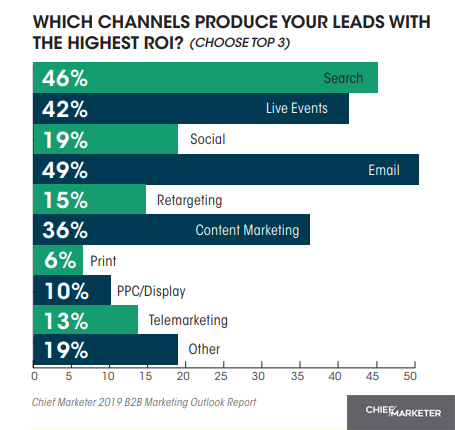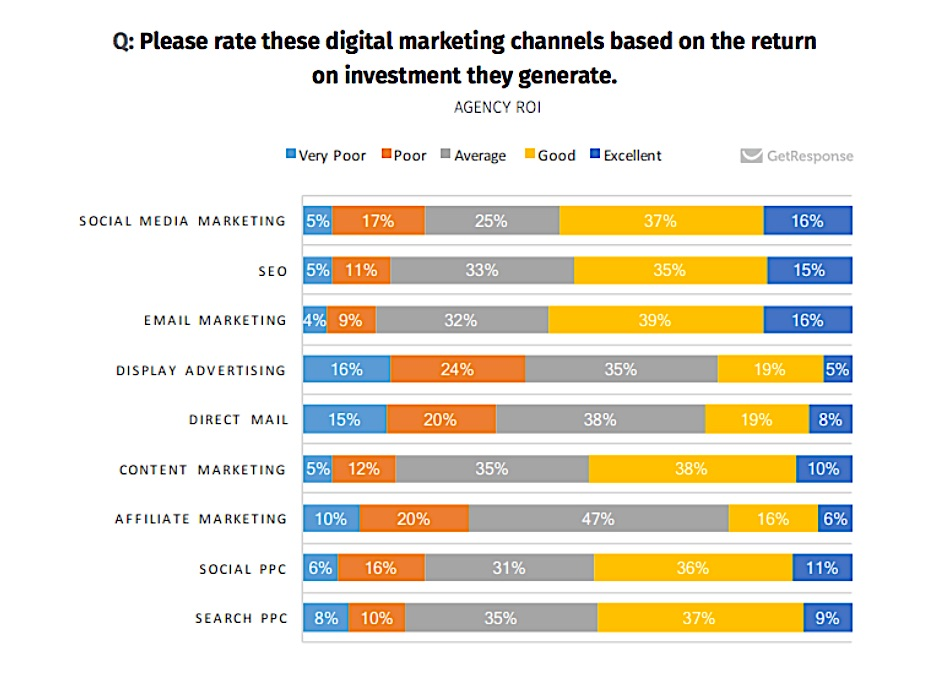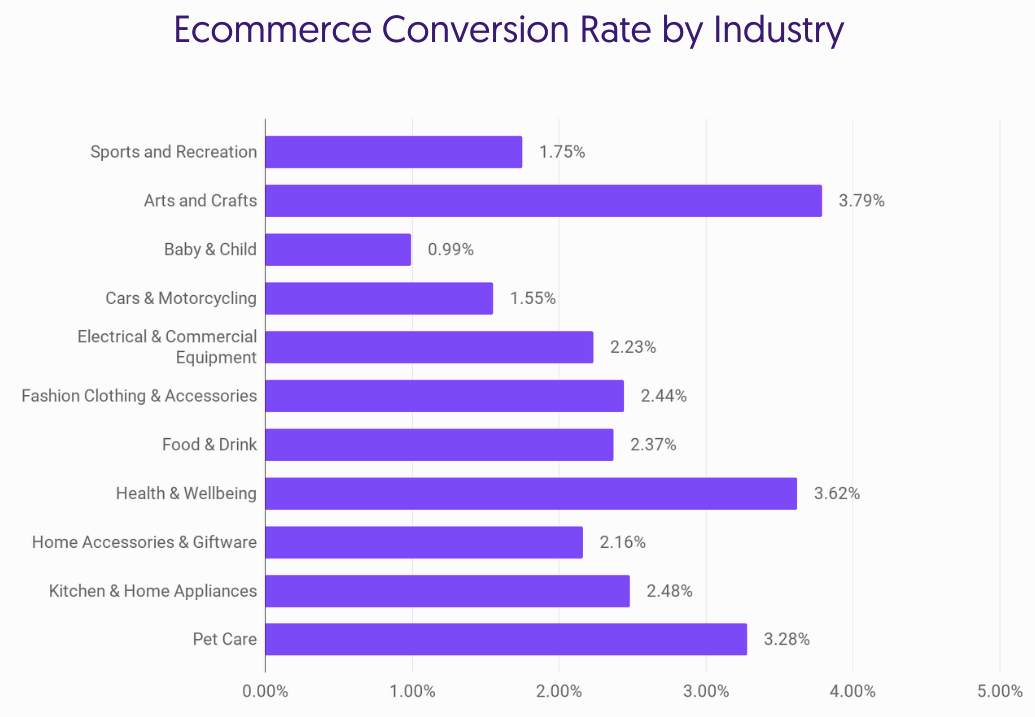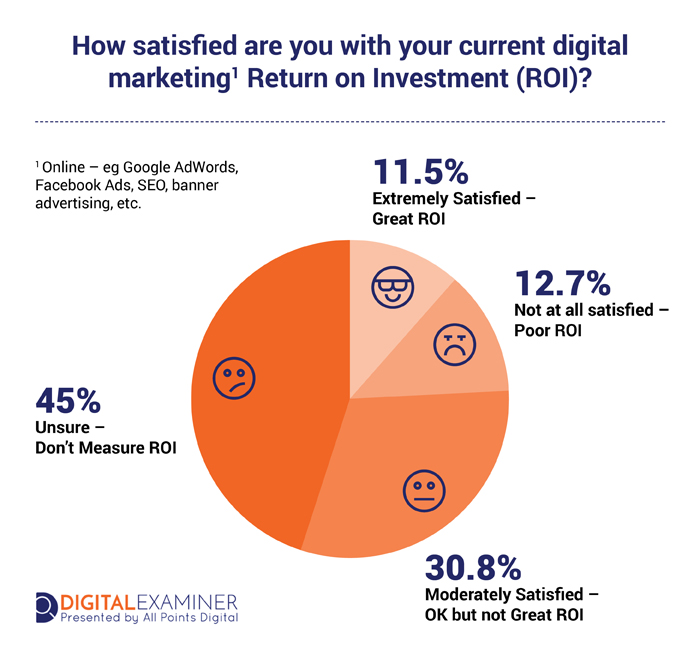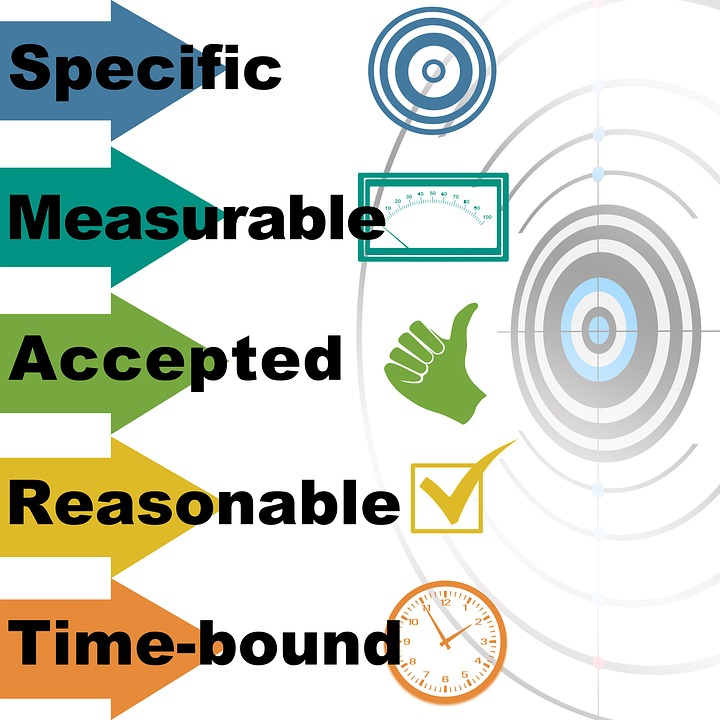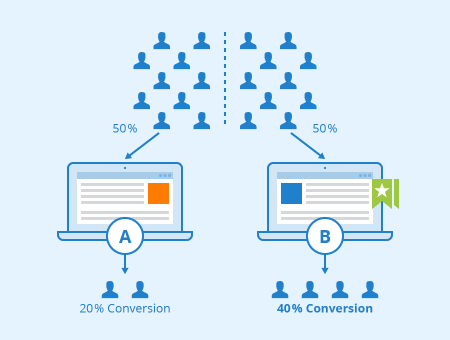Written by
Lisa is a part of the marketing team in OnlyDomains, an ICANN accredited registrar that provides top-of-the-line domain management solutions for business owners to establish their online presence. She’s the definition of a jack of all trades. Lisa enjoys content writing, social media marketing and is always looking for opportunities to learn. Based in Sankt Ingbert, Germany she enjoys hiking in her free time.
















